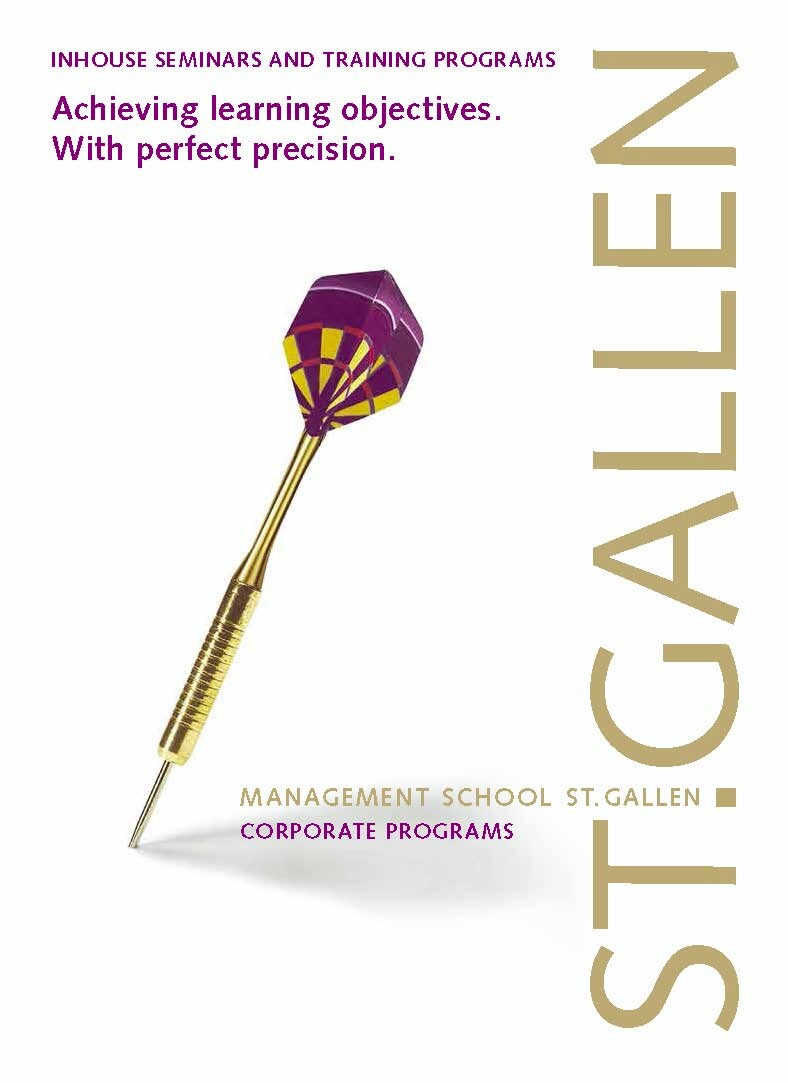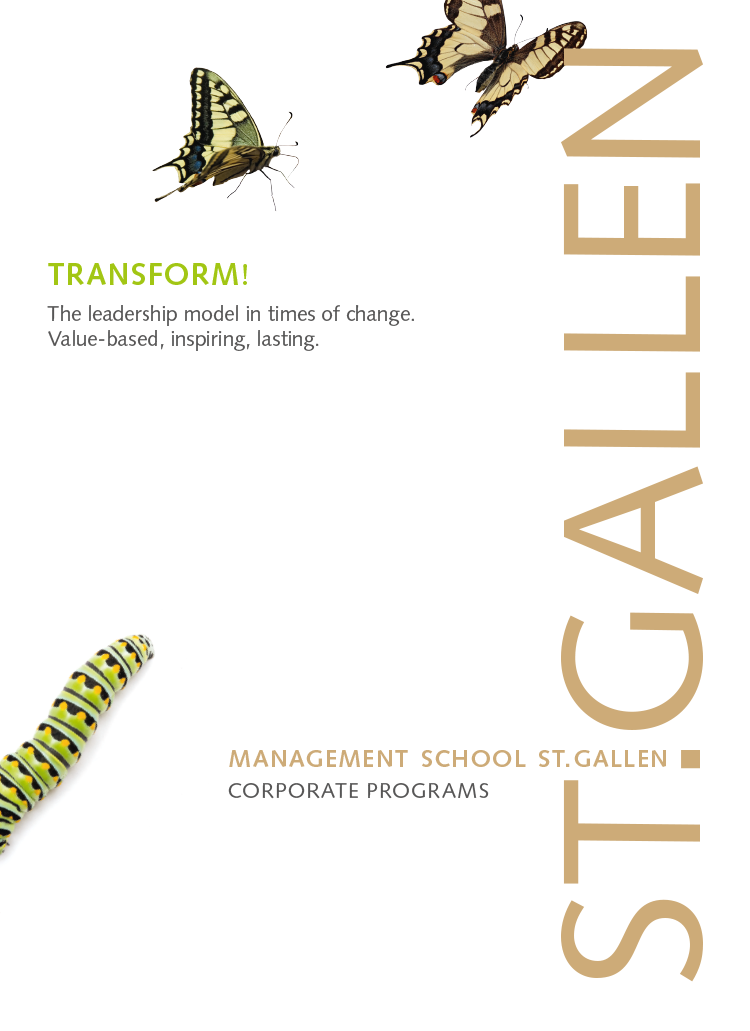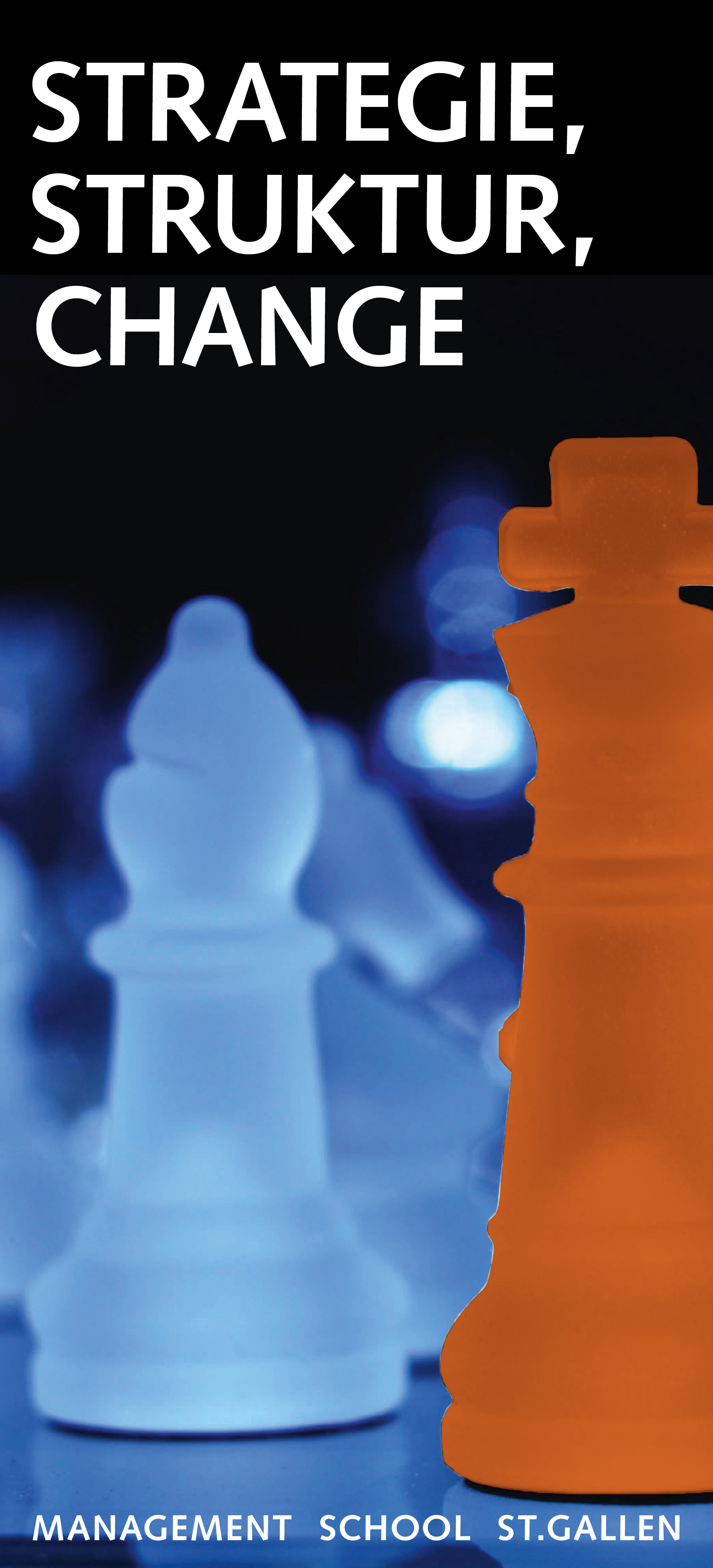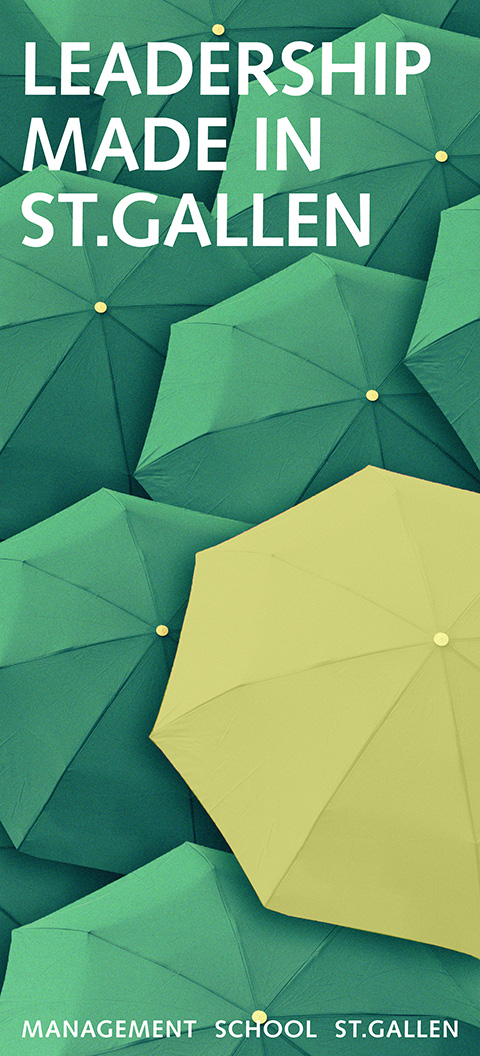Patterns of change | Typical laws of behavior governing change in living, complex systems. Transfer to different situations. Findings from natural sciences and systems research, experience and know-how from organizational development. Optimizing and innovating
The most important change philosophies | Every change methodology has specific benefits and boundaries. What intercultural challenges lie in change? How can change project teams be build and led, and on the basis of what skills and tools?
Relevance for people | Attitudes, opposition and patterns of behavior in the way people experience change. Personal factors. Tools that help people grasp the relevance of change for different positions. Typical reactions to change and their reasons.
Individual patterns | Personal patterns and resources, and how we ourselves handle change. Professional leadership. Individual experiences.
Shaping instability | Handling complex dynamics. Building systems skills: consciously creating a balance between stability and instability. Breaking patterns. From instruction and coaching to moderating instability.
Situation analysis | Benchmarking and corporate change can trigger important change, but are a delicate topic. Innovative methods are needed to capture the initial situation and diagnose the departments and functions affected. Only this type of diagnosis enables you to implement effective training measures – even with virtual or distributed teams (distant leadership).
Leading and supporting change | What are the reasons for success or failure? If you want to win over people and keep them on board, you have to understand them and the way they behave. Participants will learn how to detect values, symbols, cultures, rituals and artifacts in their own organization or department.
Influencing systems, overcoming blocks | How can you intervene in systems as a change agent and ensure they develop goal-oriented? You have to identify barriers and blocks, and set up the interplay of forces critical to success. What methods can be used to reanimate jammed or gridlocked processes while avoiding falling back into old patterns?
Communication in change processes | There’s no change without dialogue: good changers know how to plan communication, involve management systems, think in terms of feedback cycles, and ensure that change is monitored. They are also fair and respectful when dealing with the losers, retaining their credibility and humanity.









